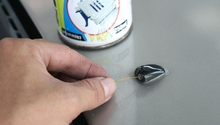Honda Civic Del Sol: Fuse Box Diagrams
Sorting out electric gremlins can be time consuming and frustrating work. Make it easier by beginning with the fuses.
This article applies to the Honda Civic Del Sol (1993-1997).
Fuses are placed in-between the battery, and every electrical component on your car draws power from it. It's important to know where the fuses are located and what each fuse does. So if you ever have a problem, you know where to start looking. Always begin diagnosis of a malfunctioning electrical part with its fuse. They are easy to test and pretty cheap to replace.
Component Breakdown
Interior Fuse Box
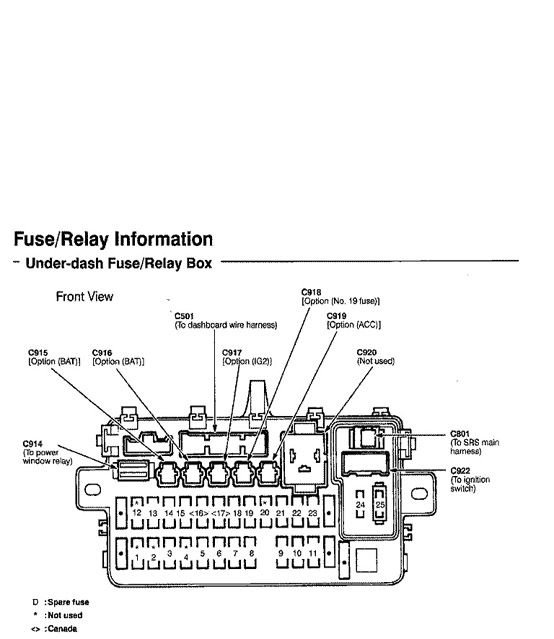
Figure 1. Interior fuse panel diagram. 
Figure 2. Interior fuse number and circuit chart.
Figure 1 is the layout of your interior fuse panel, which is located under the dash. Figure 2 is a table containing the fuse number, the rating, and what that fuse does. For example, if your radio stopped working, you'd need to test fuse number 23 and replace it with a new 15 amp fuse if found to be faulty. Interior fuses fail frequently. It is recommended keeping a pack with an assortment of different amperage in the glove compartment.
Under the Hood Fuse Box

Figure 3. Fuse box located under the hood diagram. 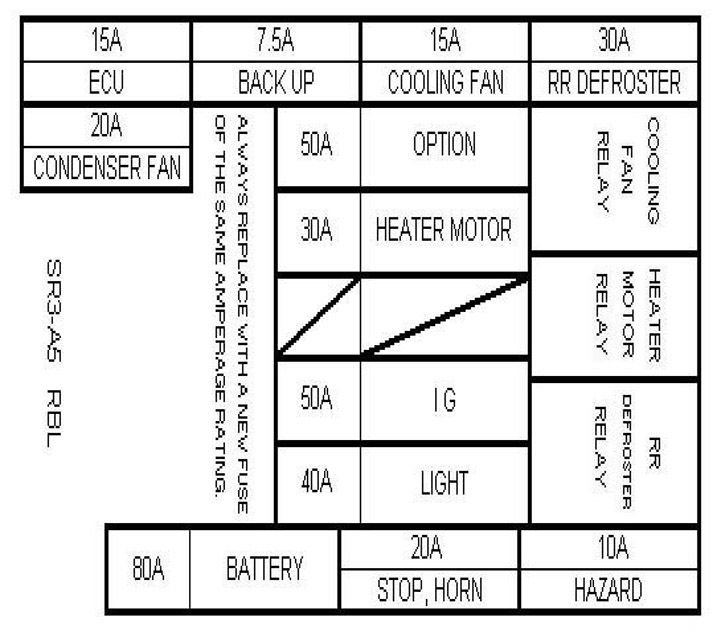
Figure 4. Under the hood fuse box explanation.
Figure 3 is a layout diagram of the fuse panel located under the hood. Figure 4 gives the amperage and what that fuse—in that location—controls. These fuses are less likely to blow, and are larger than the ones you'll find inside the car, so it's less likely you'll have a spare in the event that one does. In addition, if one of these fuses does blow, it's usually a sign that there is something else wrong causing it to fail in the first place.
Common Questions
What Do Fuses Do?
The purpose of a fuse is to protect your car from a current overload in a wire, which can lead to an electrical fire. The amperage rating on the fuse is matched to the maximum amount needed of whatever it controls, and the size of the wire running from the battery to the fuse of that item. This is why using too high of an amperage can lead to melted wires and fried components.
What Causes Fuses to Blow?
The two main reasons a fuse will blow will be built up resistance or a shorted wire. Resistance buildup is usually caused by corrosion on the fuse legs, which will come with age and environment. A shorted wire can have multiple causes, but generally it's caused by a wire rubbing against a metal surface or dry rot, which causes the casing to eventually break away exposing a bare wire.
How Can I Check if A Fuse Is Blown?
You can pick up a fuse tester for a few dollars at a local auto parts store, which can tell you whether or not a fuse has blown. Another option is to use a multimeter as described in Figure 5 and Figure 6 below. A multimeter is a device that measures electrical signals with two prongs (one positive, one negative). You would stock the prongs into the fuse and measure the amperage (amps) coming from one side to the other. Fuses are marked by their amperage, hence the "10" on the image below.
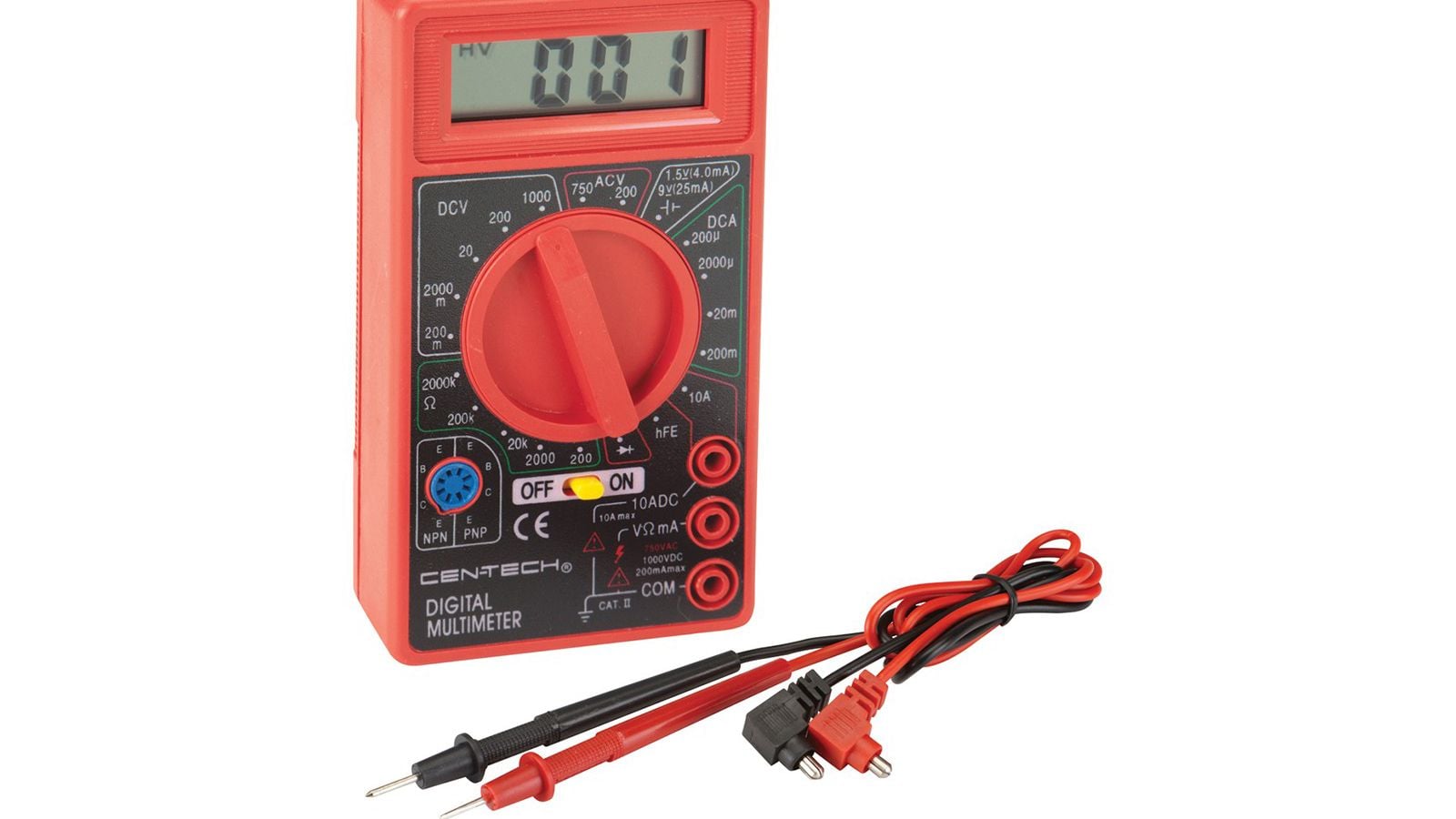
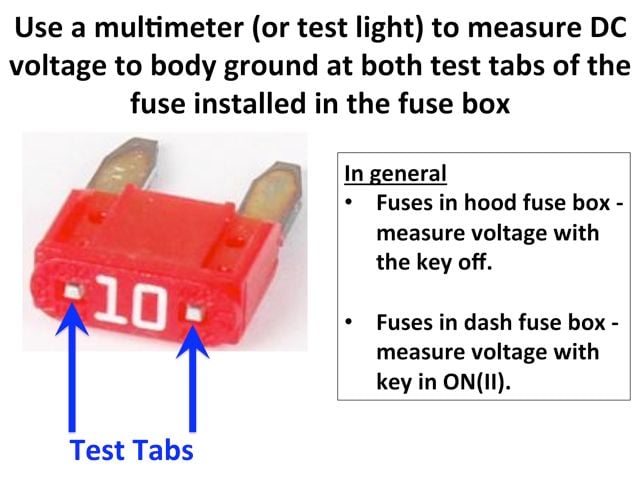
Figure 6. How to test a fuse. 
Figure 7. How to test a fuse.
Related Discussions
- Printable Fuse Panel Diagrams - Honda-Tech.com
- Most Reliable Way to Test Blown Fuses - Honda-Tech.com




